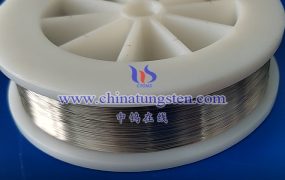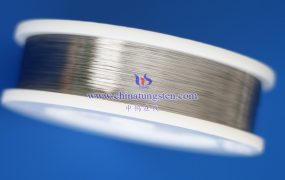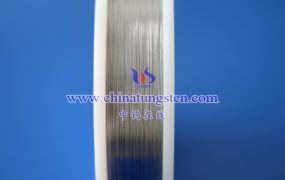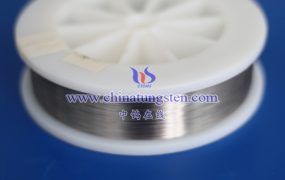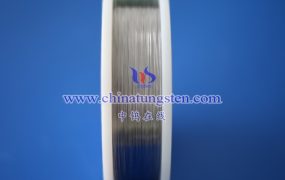Optimizing tungsten wire design to improve light efficiency can be done from many aspects. Here are some effective methods:
- Improve the purity of tungsten wire
Principle: High-purity tungsten wire has better conductivity and thermal stability, can reduce energy loss and improve light efficiency.
Measures: Use advanced purification technology to ensure that the impurity content in the tungsten wire is as low as possible.
- Optimize the shape and size of tungsten wire
Spiral design: Designing the tungsten wire into a spiral shape can increase the length of the tungsten wire in a limited space, thereby increasing resistance and heat generation. At the same time, the spiral design also helps to enhance the thermal radiation absorption of adjacent tungsten wires, so that the filament temperature rises rapidly to reach an incandescent state and improves luminous efficiency.
Reasonable size: According to the power and purpose of the bulb, choose the appropriate thickness and length of tungsten wire. Although the thicker tungsten wire has a smaller resistance, it may cause overheating and increased power consumption; while the thinner tungsten wire has a larger resistance, it may not be enough to provide sufficient luminous intensity. Therefore, it is necessary to minimize the size of the tungsten wire to reduce power consumption while ensuring the luminous intensity.
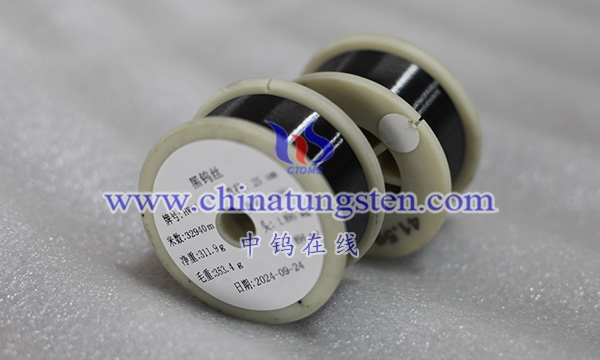
- Use of advanced technology
Submicroporous technology: Submicroporous technology is used in the microstructure and surface treatment of tungsten wires to suppress infrared radiation and improve light efficiency.
Inert gas filling: Filling the bulb with high atomic weight inert gas, such as argon or krypton, can prevent gas convection, increase the temperature and luminous efficiency of the filament.
Infrared reflection layer: Coating the glass shell of the bulb with an infrared reflection film can reflect back a large amount of infrared radiation generated by the tungsten wire and reheat the filament, thereby reducing the power required to maintain the filament at a certain temperature, saving energy and improving light efficiency.
- Application of halogen tungsten cycle principle
Principle: The halogen tungsten cycle principle is to return the evaporated tungsten to the tungsten wire and clean the bulb wall at the same time, thereby extending the life of the tungsten wire and improving the light efficiency.
Measures: Add halogen elements (such as iodine or bromine) to the bulb to form a halogen tungsten lamp. When the tungsten wire evaporates, the halogen element will react with the tungsten vapor to form tungsten halides, and then decompose tungsten again on the surface of the filament, thereby realizing the halogen tungsten cycle.
- Heat dissipation design
Principle: Good heat dissipation design can reduce the temperature of the filament, reduce heat loss, and thus improve the light efficiency.
Measures: Use efficient heat dissipation structure, such as adding heat sinks, optimizing the shape of the bulb, etc., to improve the heat dissipation efficiency.
More details of tungsten wires, please visit website: http://tungsten.com.cn/tungsten-wires.html
Please contact CHINATUNGSTEN for inquiry and order of tungsten needles:
Email: sales@chinatungsten.com
Tel.: +86 592 5129595

